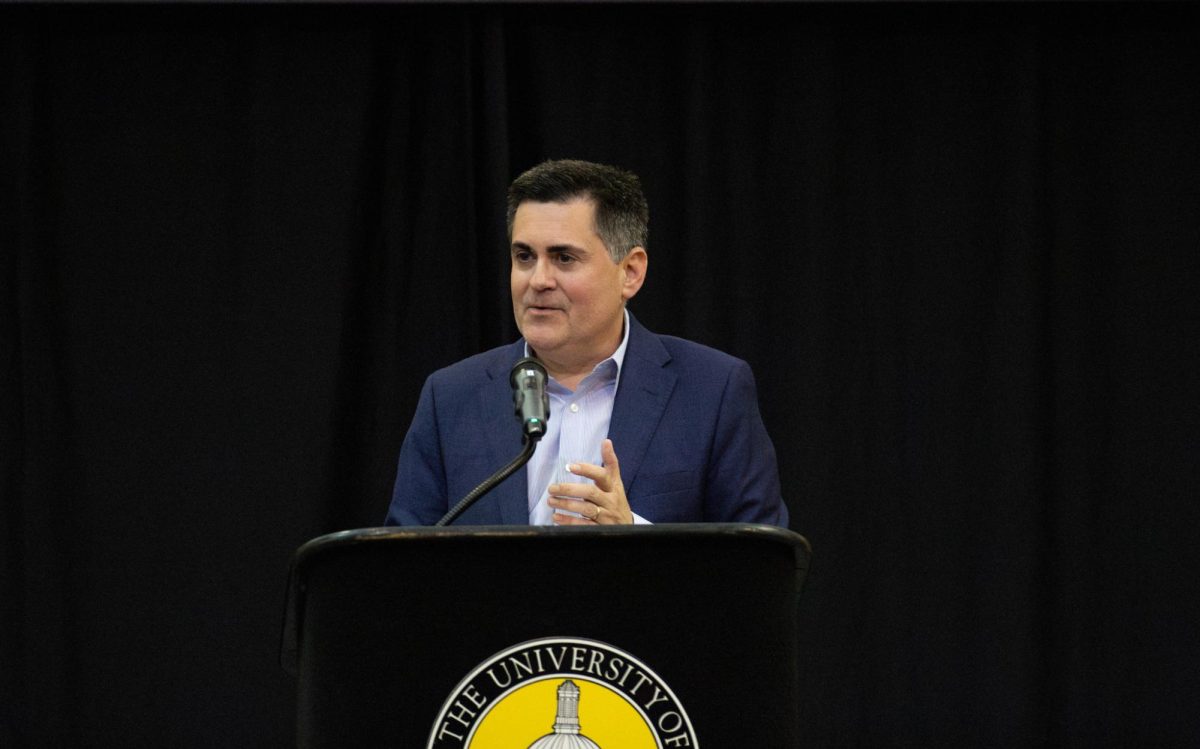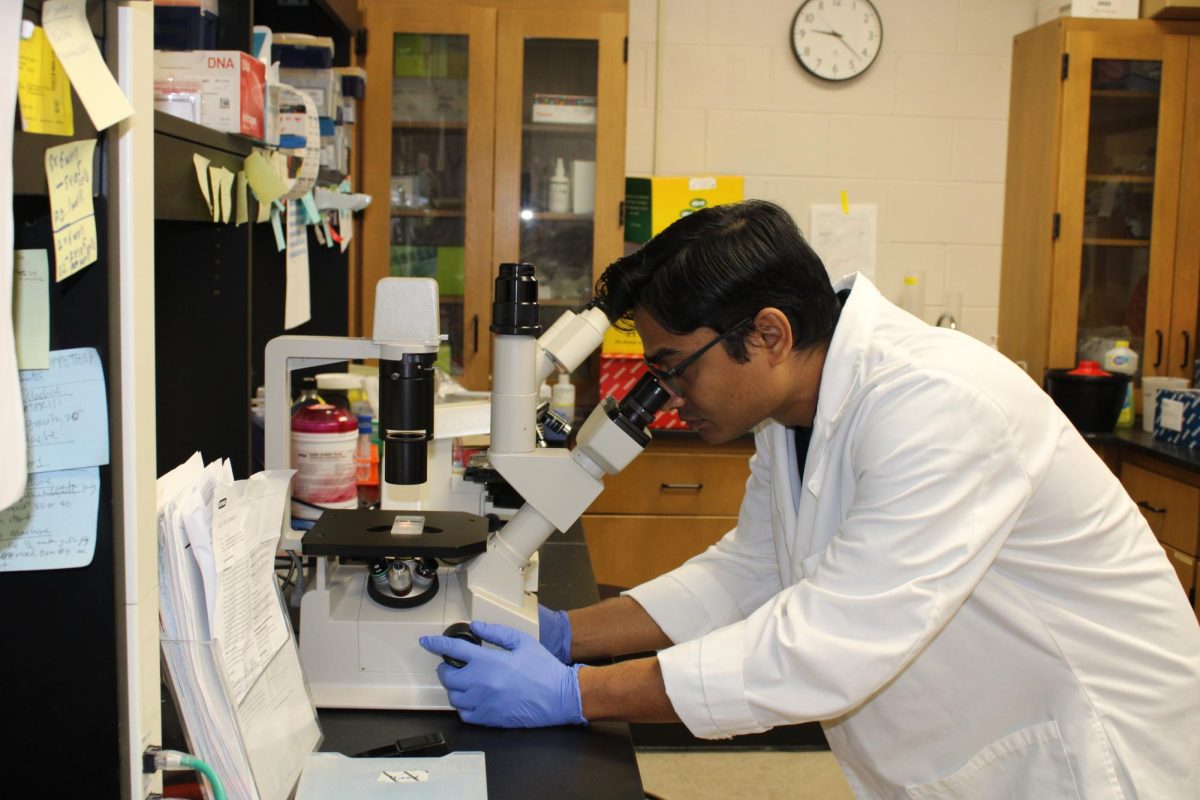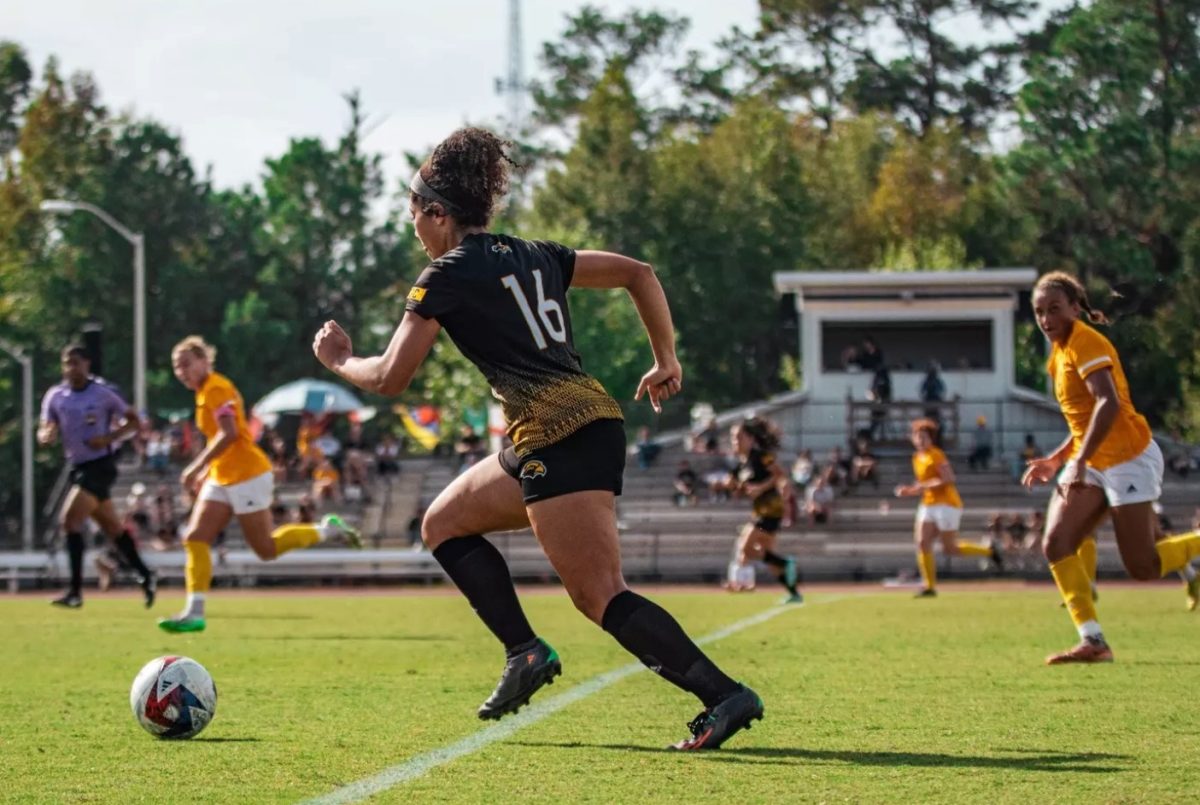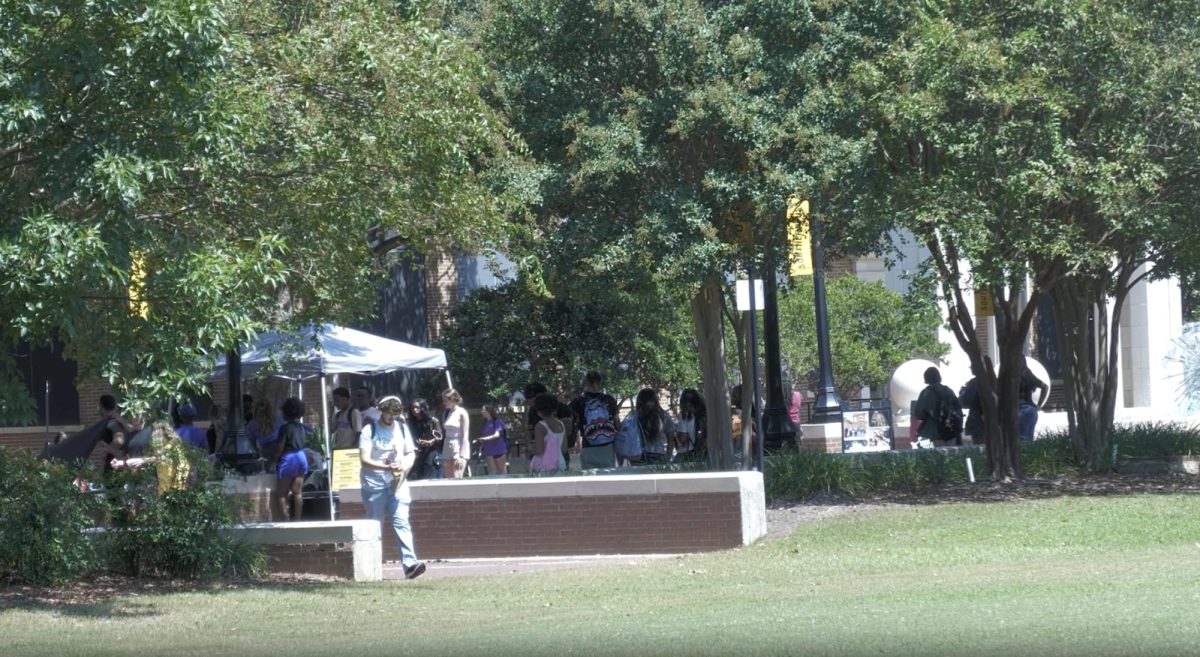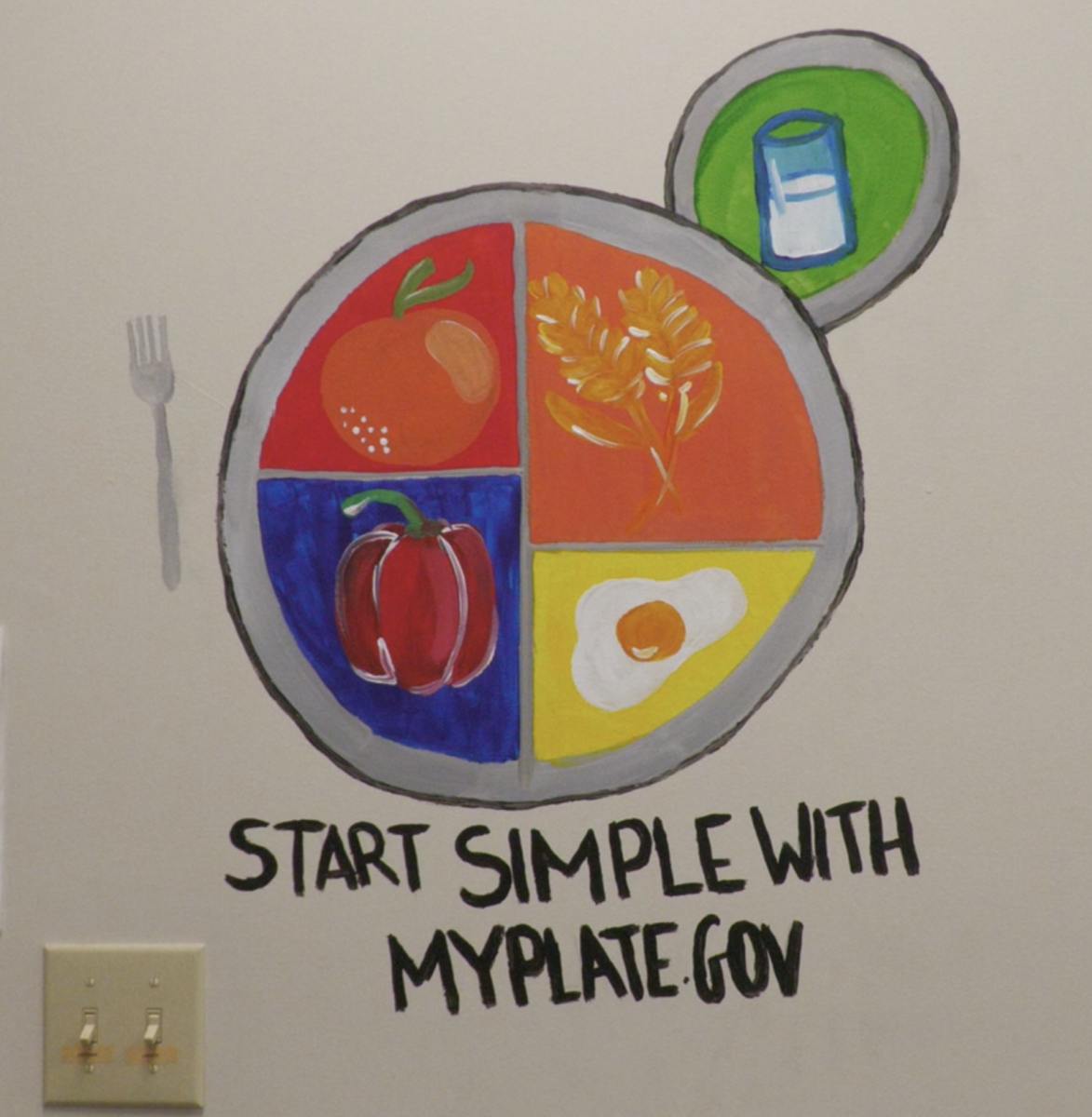The Mississippi Legislature recently passed a new rule that students will no longer be able to stack state financial aid in fall 2017.
Mississippi Today reported “lawmakers included language in the final version of the appropriations bill for the state’s financial aid program stating that ‘no student should receive undergraduate grant aid through more than one state-supported undergraduate program in the same term of enrollment.’”
“If a student is eligible for aid through multiple grant programs, the student shall be awarded from the program that awards the larger sum,” Mississippi Today reported. “Students who qualify for more than one state funded grant – MESG, MTAG, HELP, LAW, Nissan Scholarship – will now only receive one offering the larger sum. For many students, this means a loss of thousands of dollars while trying to make up the cost multiple grants previously covered.”
The Clarion-Ledger reported that without the new legislation, grants would have had been reduced by three percent each. The rule’s passing was also reportedly in response to the shortfall of $10.4 million the Mississippi Office of Student Financial Aid received in the 2016 – 2017 academic year.
Along with the elimination of stacking, students will also be required to pass GPA checks each semester as opposed to previously having to pass GPA checks at the end of each year.
The state college board said the new reduction would impact 3,400 students while the GPA checks are expected to impact another 430.
Sen. Briggs Hopson said the new legislature “will save the state between $1 – $2 million.”
The Director of the Mississippi Office of Student Financial Aid Jennifer Rogers told Mississippi Today that growth in student enrollment has resulted in a “costly increase in demand for state aid.”
Mississippi Today reported in September 2016 that college attendance in Mississippi had reached an all- time high of 83,016. Southern Miss Now reported in September 2016 an enrollment of 14,554 students in 2016 compared to 14,551 students in 2015.
USM freshman Allie, who wished to withhold her lastname, said the state’s grant programs allowed her to attend college.
“I’m not sure what I will do now,” Allie said. “The money is going to have to come from somewhere. I guess the only place left is student loans.”
Tuition at USM for the 2016 – 2017 semester for in-state students taking 12 – 19 hours costed $3,829.50 and, according to USM’s tuition website, is set to increase by $152.50.
“We look forward to working with the Legislature and post-secondary institution leaders to identify a sustainable solution for state financial aid,” Rogers said.


